In today's health-conscious world, the humble cutting board has evolved from a simple food preparation surface to an essential component of kitchen safety. Antimicrobial cutting boards are leading a quiet revolution in kitchen tools and utensils, addressing growing concerns about cross-contamination while setting new standards for hygiene and durability. As market reports indicate, these innovative boards are transitioning from niche products to must-have items in both home kitchens and professional settings, reflecting consumers' increasing demand for kitchen tools and utensils that prioritize safety without compromising functionality.

Advanced Material Technology
The foundation of modern antimicrobial cutting boards lies in their innovative material composition. Unlike traditional wooden boards that absorb moisture or plastic boards that develop bacteria-harboring knife marks, today's solutions utilize naturally antimicrobial materials. Sustainably sourced hardwoods like teak and acacia feature dense grains that resist moisture absorption, preventing mold growth without chemical treatments. For enhanced protection, some manufacturers offer hybrid designs combining titanium surfaces with wooden bases—providing antibacterial performance for meat preparation while maintaining knife-friendly surfaces for other foods. These materials meet stringent international food safety standards while supporting the shift toward eco-friendly kitchen tools and utensils.
Smart Design Features
Contemporary antimicrobial cutting boards incorporate thoughtful design elements that significantly improve kitchen safety and efficiency. Many models feature color-coded surfaces or dual-sided designs that help users separate raw and cooked ingredients, effectively reducing cross-contamination risks. Practical additions like built-in juice grooves contain spills during food preparation, while ergonomic handles and lightweight construction make these boards easy to clean and store. These design innovations demonstrate how modern kitchen tools and utensils are evolving to address real-world cooking challenges while maintaining aesthetic appeal and practical functionality.
Enhanced Safety Performance
The primary advantage of antimicrobial cutting boards is their ability to maintain superior hygiene standards. Through either natural material properties or integrated protection technologies, these boards actively resist bacterial growth and mold formation. This proven performance provides peace of mind for households with children, elderly family members, or anyone with compromised immune systems. The safety benefits extend throughout the product lifecycle, as these boards maintain their protective qualities even after repeated use and cleaning, setting a new benchmark for what consumers should expect from their kitchen tools and utensils.
Durability and Maintenance
Beyond their antimicrobial properties, these cutting boards offer exceptional longevity and easy maintenance. High-quality materials resist warping, staining, and knife scarring, ensuring consistent performance over time. Most designs are dishwasher-safe or require only simple cleaning with mild soap and water. The robust construction withstands daily use while maintaining both functional and aesthetic qualities, making these boards a worthwhile investment among essential kitchen tools and utensils. This durability translates to cost savings through reduced replacement frequency.
Versatile Kitchen Applications
Antimicrobial cutting boards serve multiple roles in modern food preparation environments. In home kitchens, they provide reliable surfaces for everything from vegetable chopping to meat preparation. For commercial settings, their compliance with food safety regulations makes them ideal for high-volume food preparation. Available in various sizes and configurations, these boards adapt to different culinary tasks while maintaining consistent safety standards. This versatility demonstrates how specialized kitchen tools and utensils can enhance efficiency across diverse cooking scenarios.
Environmental Considerations
Modern antimicrobial cutting boards also address environmental concerns through sustainable manufacturing practices and material choices. The use of renewable wood sources and recyclable components reduces environmental impact, while durable construction minimizes waste from frequent replacements. These eco-friendly attributes appeal to environmentally conscious consumers seeking kitchen tools and utensils that align with their values. The combination of safety, durability, and sustainability positions these cutting boards as responsible choices for modern households.

 English
English 中文简体
中文简体


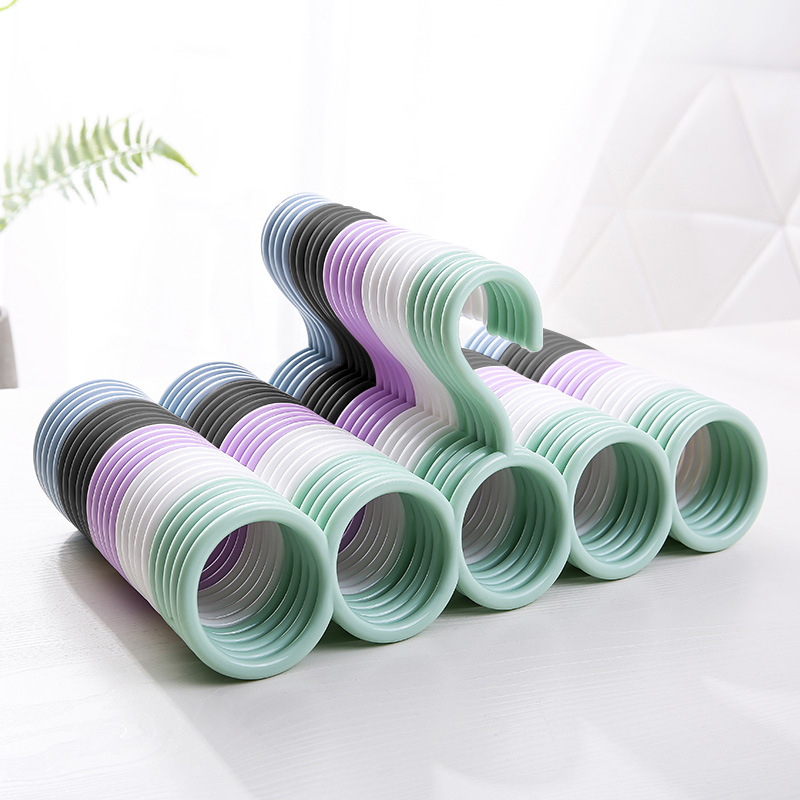
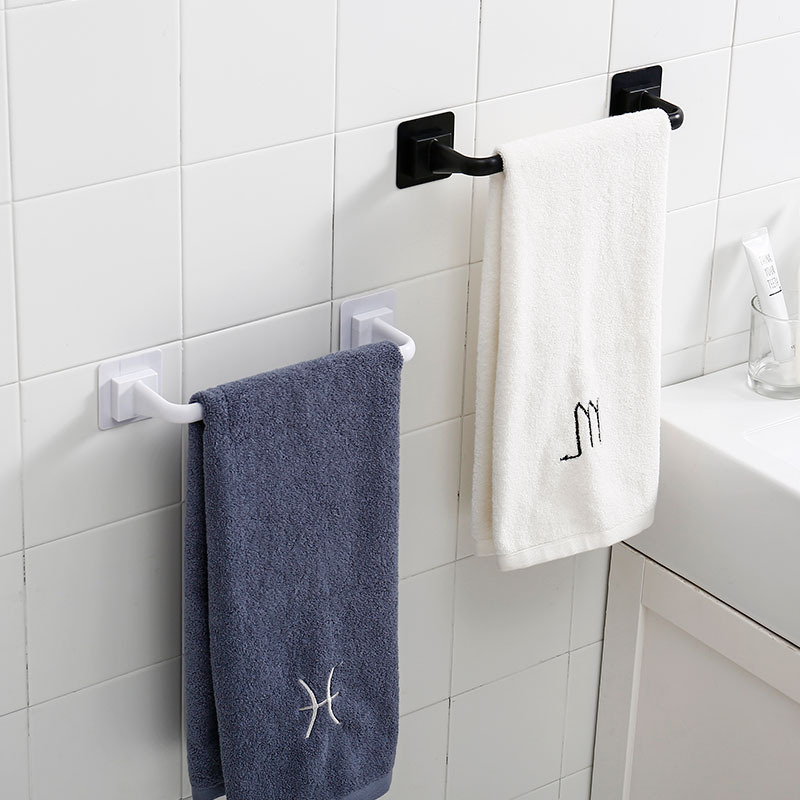
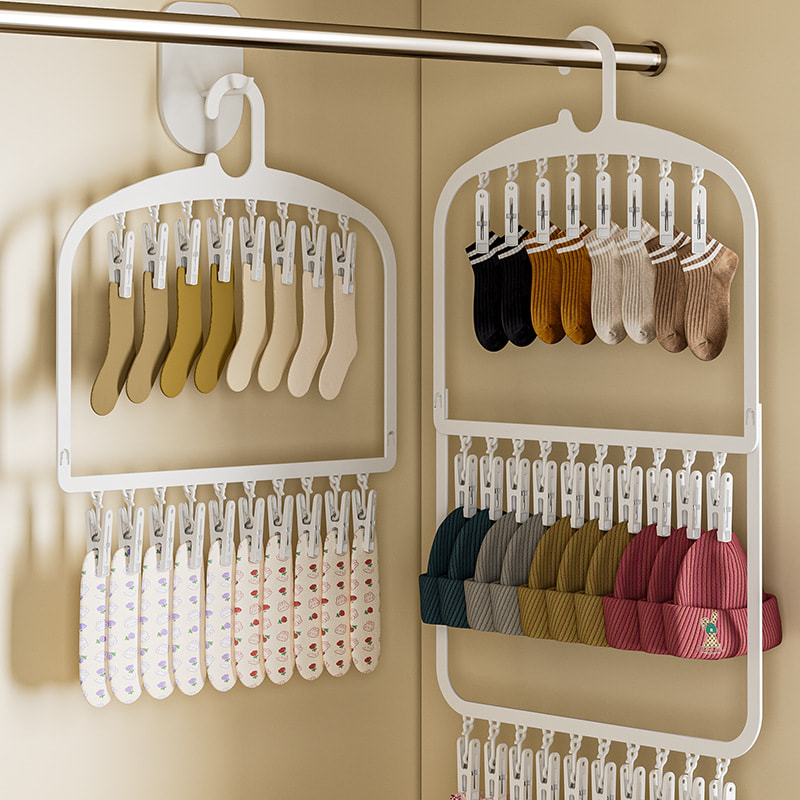
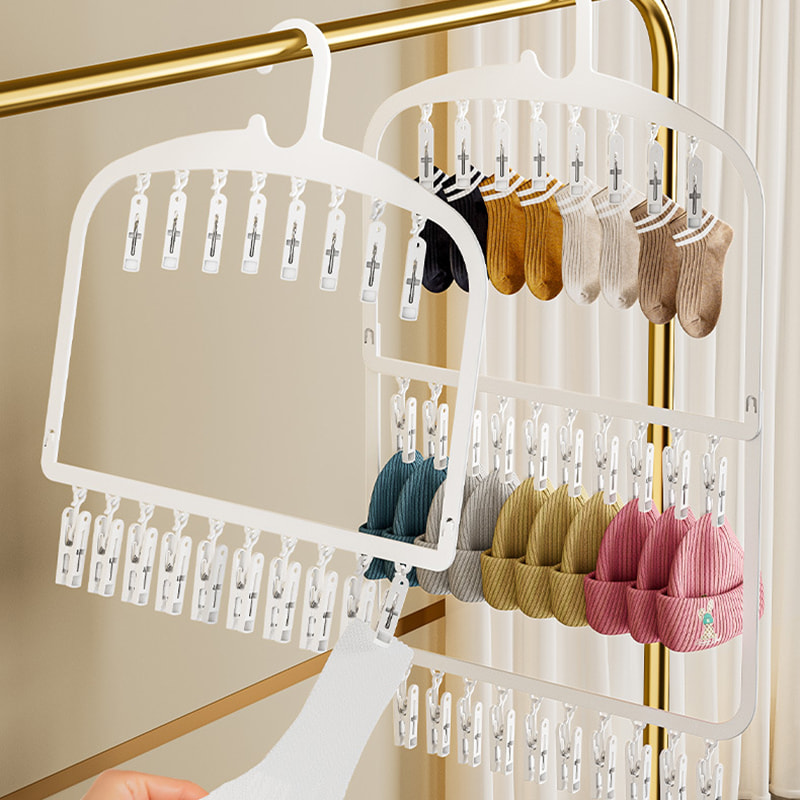
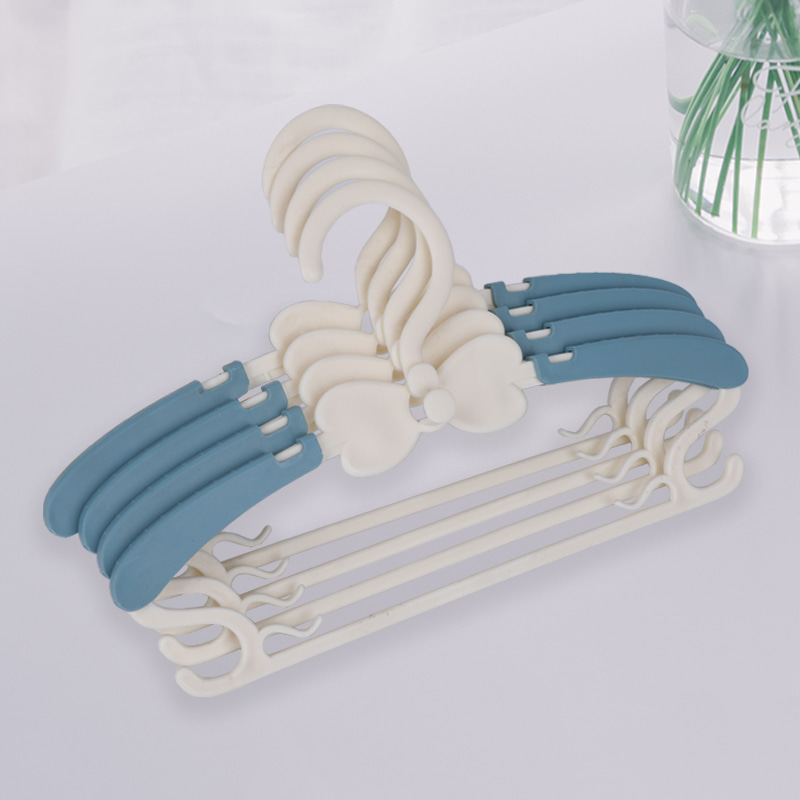



 Phone
Phone
 Email
Email